New York City plans to implement a congestion pricing program in early 2024, known as the Central Business District Tolling Program. Although the program sounds promising, its implementation plan still lacks transparency and accessibility.
Congestion pricing is when cities charge higher prices to travel to select areas, reducing traffic or pollution and incentivizing public transportation. Cities such as London, Stockholm and Singapore have already implemented these programs, allowing them to successfully control traffic and decrease pollution.
The program will charge those who enter the Manhattan Central Business District, which spans all of Manhattan south of 60th street. It intends to reduce traffic and pollution, potentially generating $15 billion for MTA projects that can be used to improve the aging transit network heavily.
Although congestion pricing does provide discounts and waivers for eligible parties, such as those who make below $50,000, live in the Central Business District and enter through areas already tolled such as the Holland Tunnel, the pricing fails to adequately combat the problem of accessibility.
Those hailing from Staten Island and New Jersey are subject to double-tolling. To combat this, the program provides a $5 credit to those traveling through routes connected directly to Manhattan. However, this amount is insufficient for those disproportionately affected by the tolls.
The project is seeing backlash from essential workers and Staten Island residents who claim they would be “forced to shoulder the burden of the MTA’s latest fundraising gambit.” These residents are forced to pay tolls for the Verrazano Bridge and enter Manhattan like their New Jersey counterparts.
No plan has been announced as to how those eligible for exemptions and discounts will receive their benefits punctually.
Despite congestion pricing’s hopeful goals of reducing traffic and pollution in Midtown Manhattan and granting the MTA funds to support future infrastructure upgrades, the MTA isn’t transparent on how funds raised will be used to improve the transit system.
According to the MTA, “80% of the money will be used to improve and modernize New York City Transit, which runs the subway system and buses; 10% will go to Long Island Rail Road and 10% to Metro-North Railroad.”
While the MTA statement gives people an idea of what the funds will be used for, it doesn’t share about the specific system improvements. Information regarding making public transit smoother and more efficient is nowhere to be found.
Since the MTA is known to mismanage its funding sometimes, it should take the extra step to inform people properly, so it won’t be unfairly outraged at the new tolling program.
With plans already underway to follow through with congestion pricing, many hope to see the MTA grant more exemptions to those disproportionately affected by the changes.
By laying out a proper plan of action, people can hold the MTA accountable for its plans to improve the public transit system.


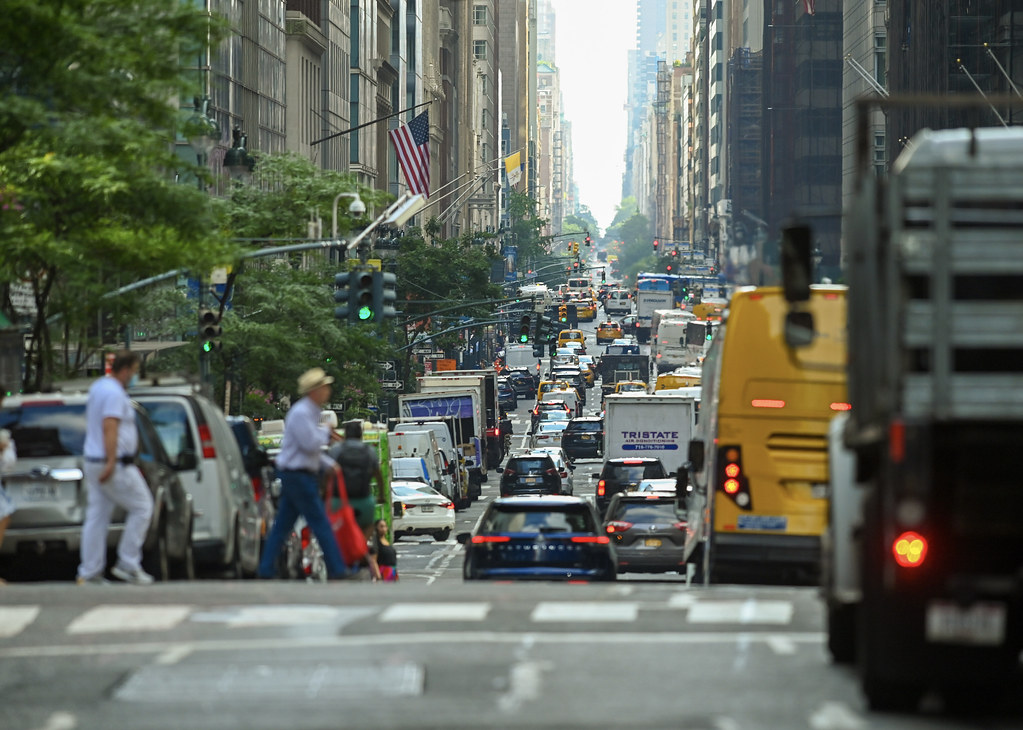
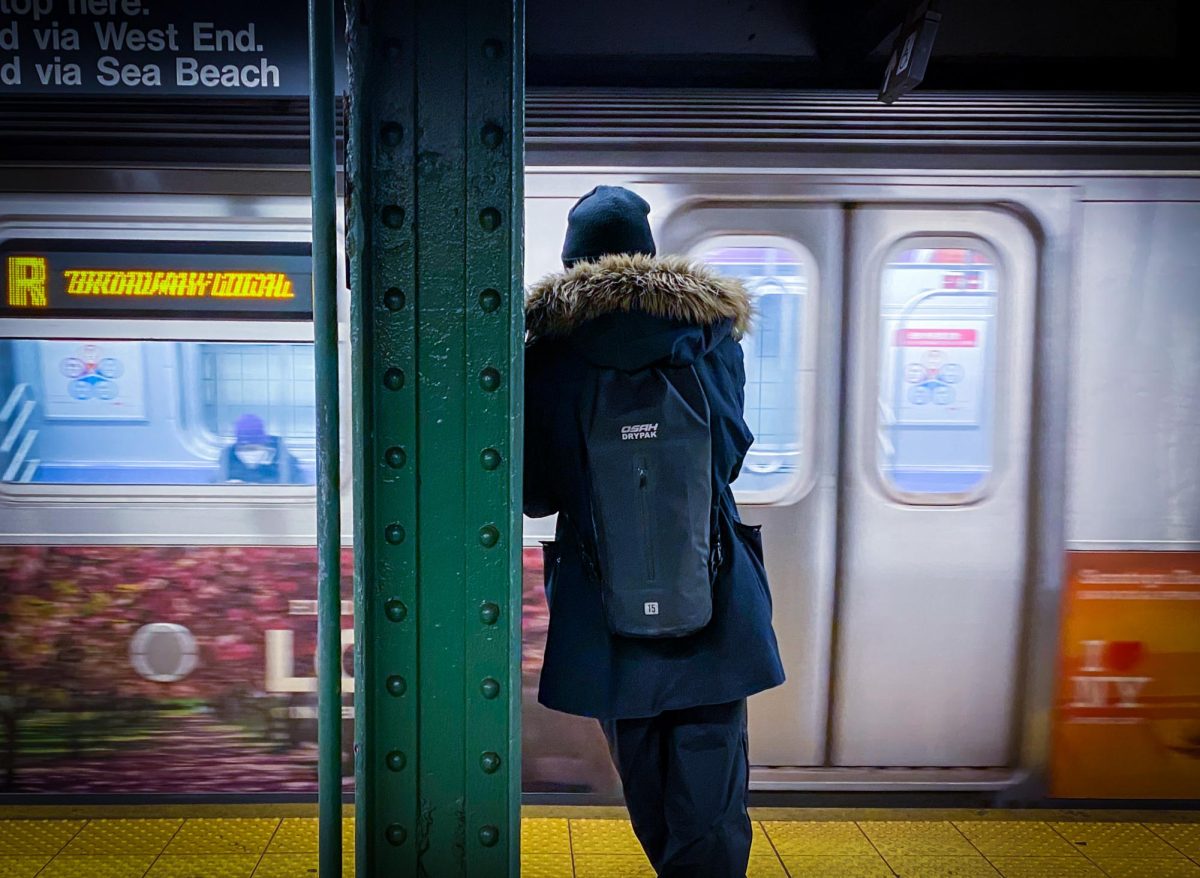
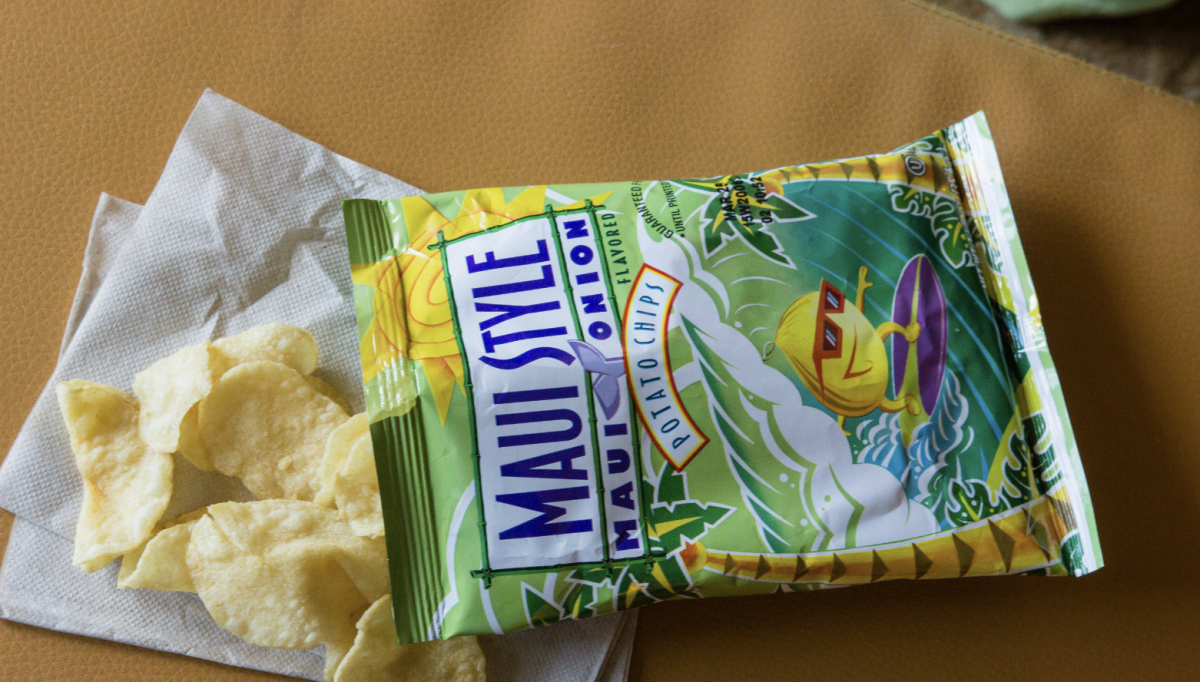
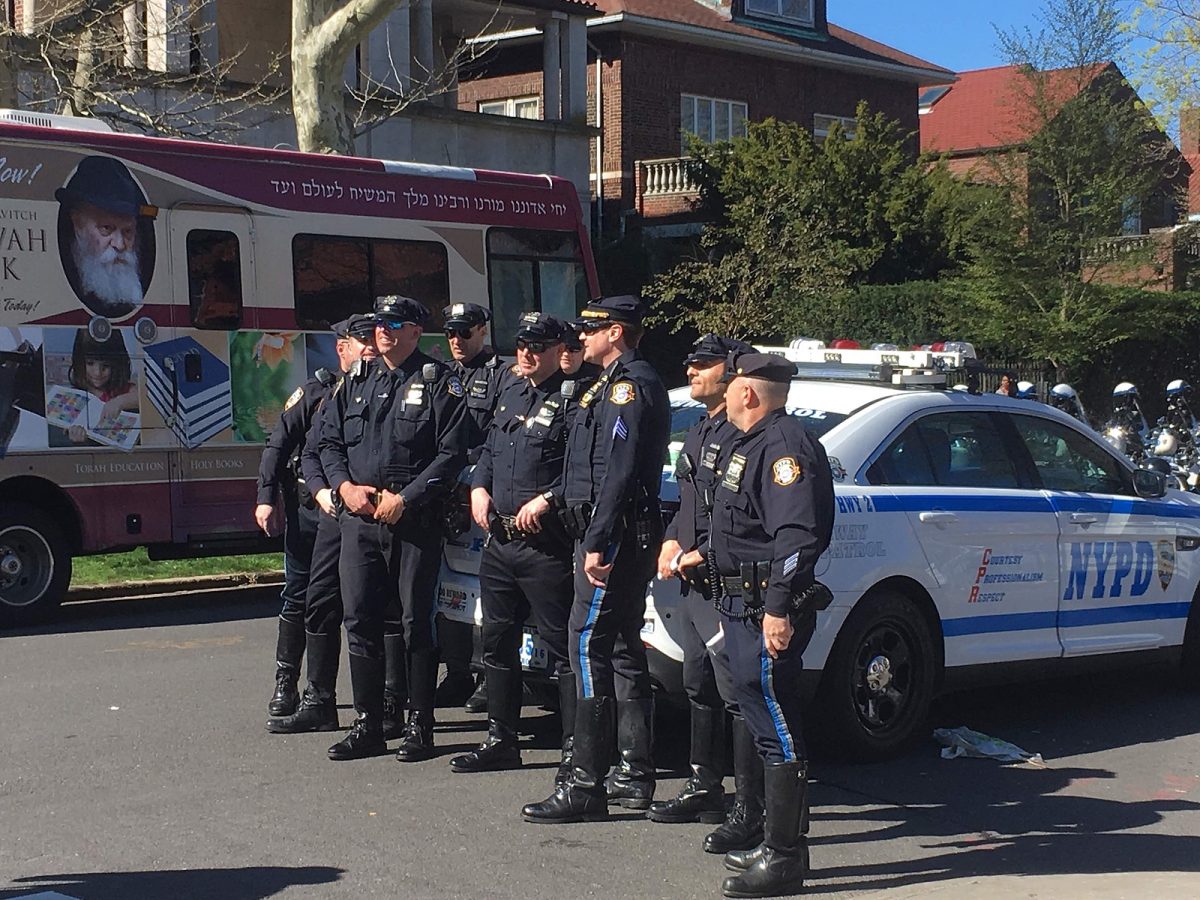

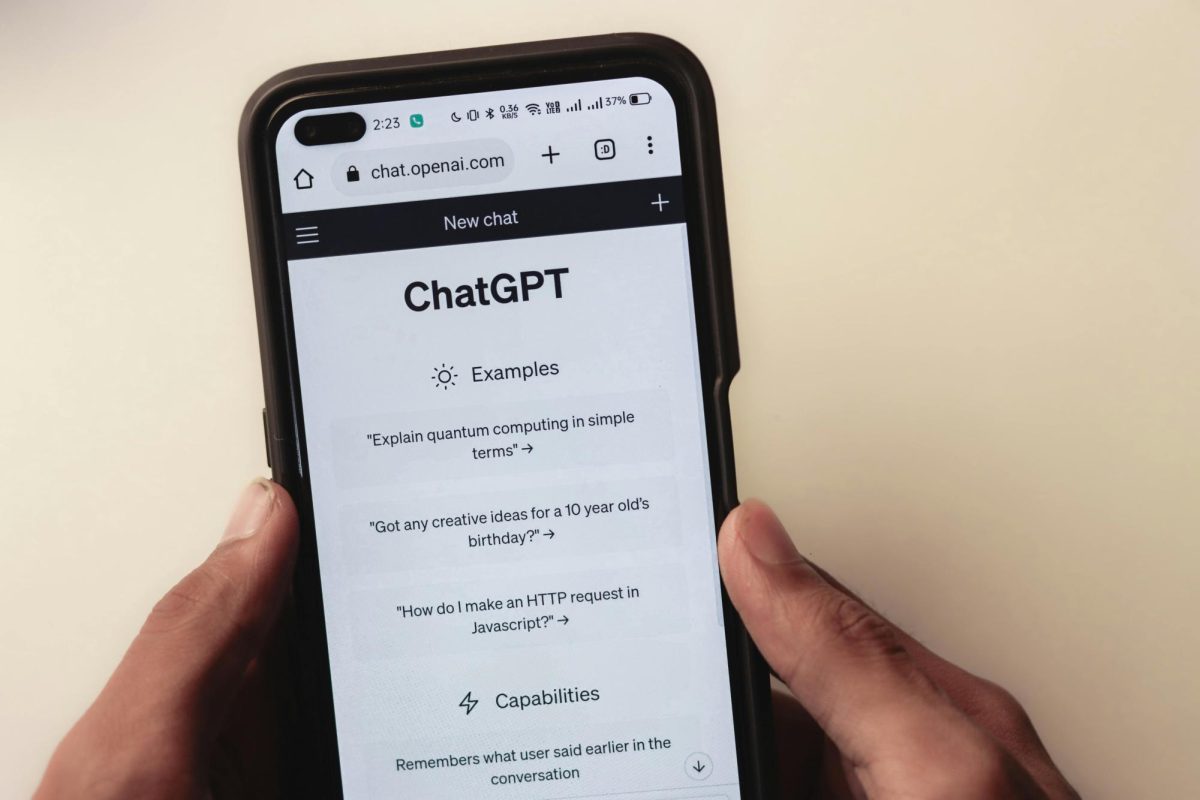
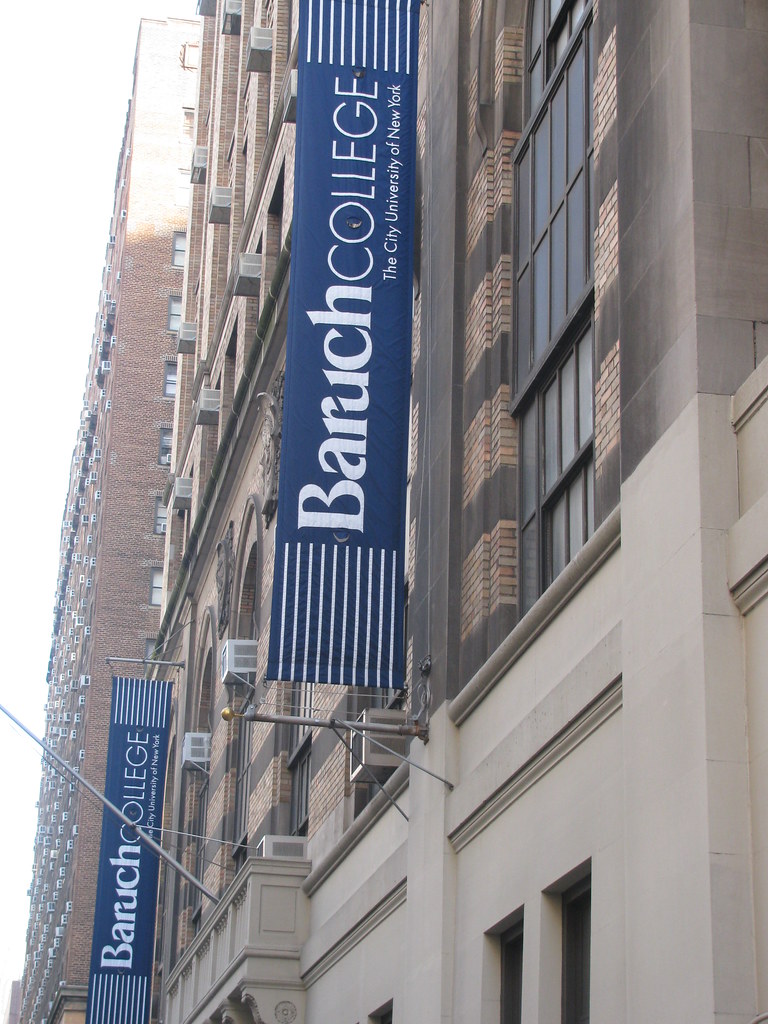
Raul • Jan 28, 2024 at 11:14 pm
Very bad for the governor Katy newjersey driver pay more to enough to going to work to newyork
Very bad for her and she don’t leave on Manhattan city .
Trump for president 2024